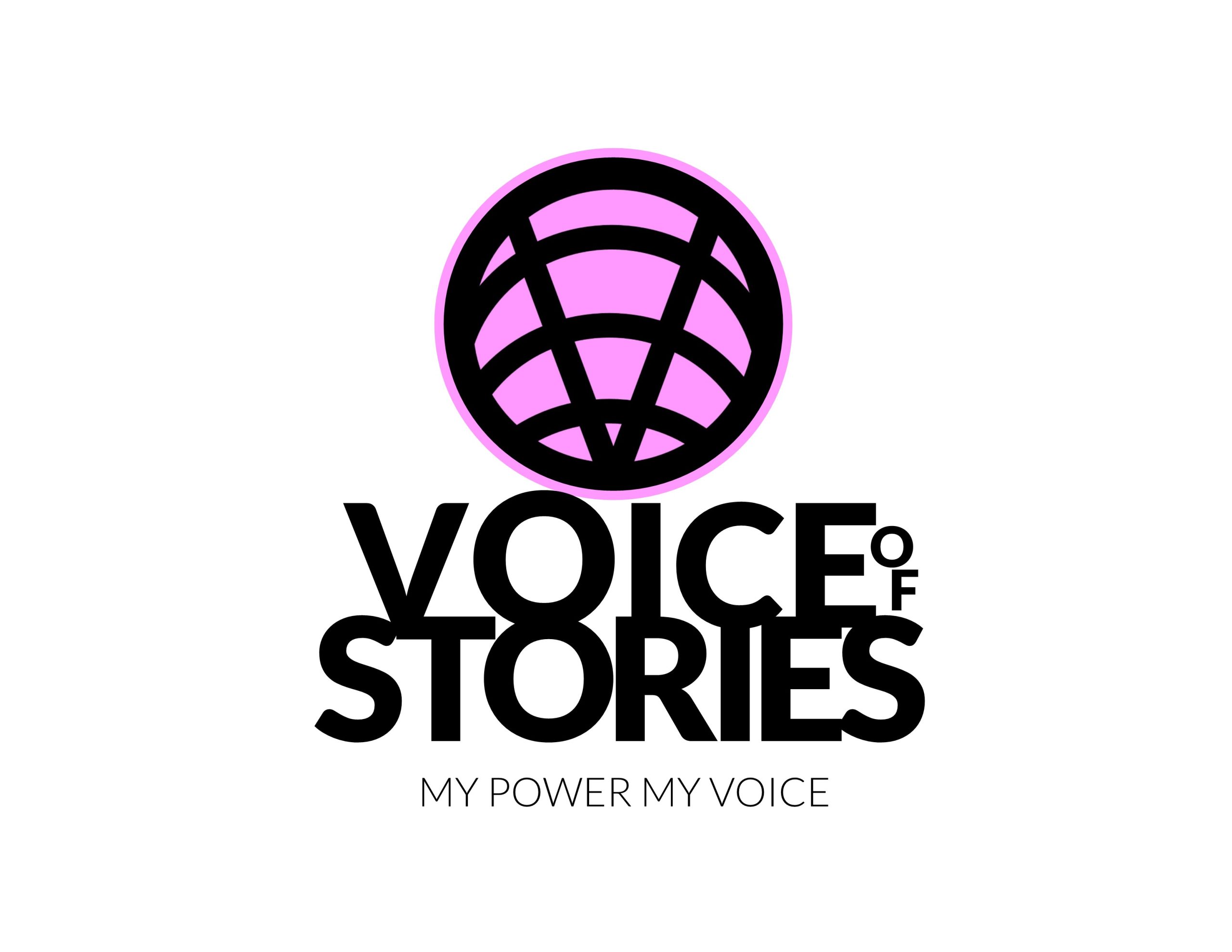Goal: Empower children to develop confidence in public speaking through engaging activities, practical skills, and personal growth.
—
Week 1: Introduction to Public Speaking
Objective: Understand the basics of public speaking and its importance.
Activity 1: Icebreaker – “Introduce Yourself with a Fun Fact.”
Activity 2: Watch a short motivational speech and discuss what made it effective.
Activity 3: Task: Tell us all about yourselves! Be sure to include all the important details.
Tips:
Greet everyone with a big smile.
Make eye contact with your audience.
Show your excitement and be expressive.
Speak loudly and clearly.
Learning Outcome: Students understand the importance of public speaking and can confidently introduce themselves.
—
Week 2: Overcoming Stage Fright
Objective: Learn techniques to manage anxiety and fear of speaking in public.
Activity 1: “Freeze and Speak” – Students randomly pick a topic and speak for 30 seconds.
Activity 2: Breathing and visualization exercises to calm nerves.
Activity 3: Task: Record a video of yourself talking about your favorite thing.
Learning Outcome: Students can identify strategies to manage stage fright and speak briefly on a topic.
—
Week 3: Voice Modulation and Body Language
Objective: Use voice and body language to enhance communication.
Activity 1: “Emotion Switch” – Say the same sentence in different tones (happy, sad, angry).
Activity 2: Practice gestures and posture while delivering a short sentence.
Activity 3: Task: Record a video of yourself reading the speech about animals.
Tips:
Speak loudly and clearly.
Make eye contact with your audience.
Stand up straight.
Use fun gestures!
Learning Outcome: Students can use voice modulation and appropriate body language effectively.
—
Week 4: Structuring a Speech
Objective: Learn how to organize thoughts into a clear and engaging speech.
Activity 1: Use the “Hamburger Model” to structure a 1-minute speech (Introduction, Body, Conclusion).
Activity 2: Group activity – Create a team speech outline based on a fun topic.
Learning Outcome: Students can outline and deliver a well-structured speech.
—
Week 5: Speaking with Clarity and Impact
Objective: Enhance clarity, articulation, and audience engagement.
Activity 1: Tongue twisters and diction exercises.
Activity 2: “Power Pause” – Practice pausing effectively for emphasis during a speech.
Activity 3: Task: Record a video of yourself convincing your parents why they should change the paintings in your room.
Tips:
Create an outline with at least 3-5 key points.
Speak confidently and clearly.
Learning Outcome: Students can speak clearly and use pauses to make their speech impactful.
—
Week 6: Persuasive Speaking and Storytelling
Objective: Develop skills to persuade and engage through storytelling.
Activity 1: Create and deliver a 2-minute story with a moral lesson.
Activity 2: Role-play a debate or pitch to practice persuasion.
Learning Outcome: Students can craft persuasive arguments and tell engaging stories.
—
Week 7: Handling Questions and Impromptu Speaking
Objective: Build confidence in responding to questions and speaking spontaneously.
Activity 1: “Hot Seat” – Answer audience questions on a random topic.
Activity 2: Practice impromptu speeches using topic cards.
Learning Outcome: Students can respond confidently to questions and think on their feet.
—
Week 8: Showcase and Feedback
Objective: Present polished speeches and reflect on personal growth.
Activity 1: Host a Public Speaking Showcase where students deliver their final speeches.
Activity 2: Peer and self-evaluation – Share feedback and discuss improvements.
Learning Outcome: Students build confidence in public speaking and recognize their progress.



